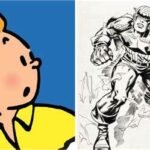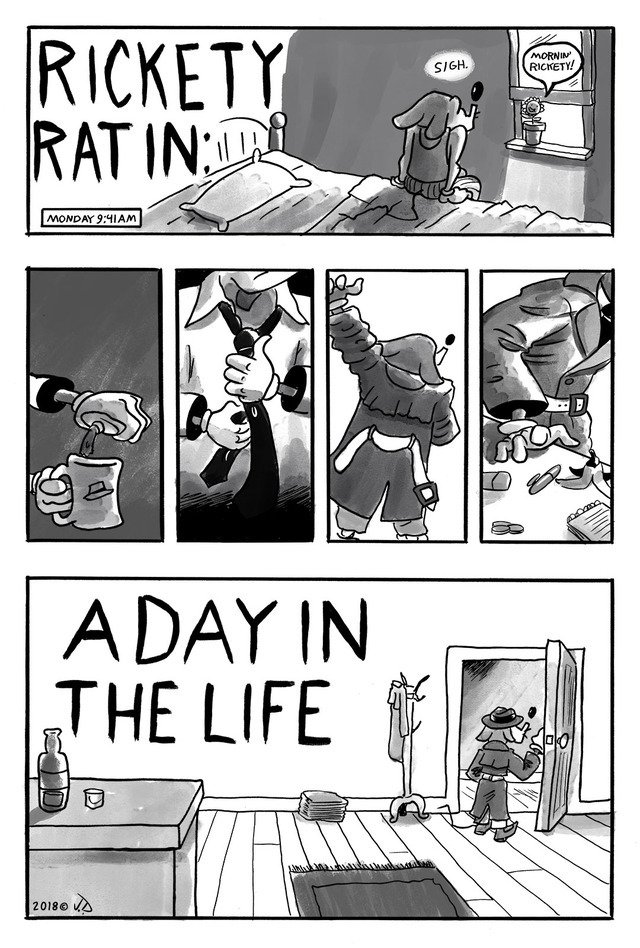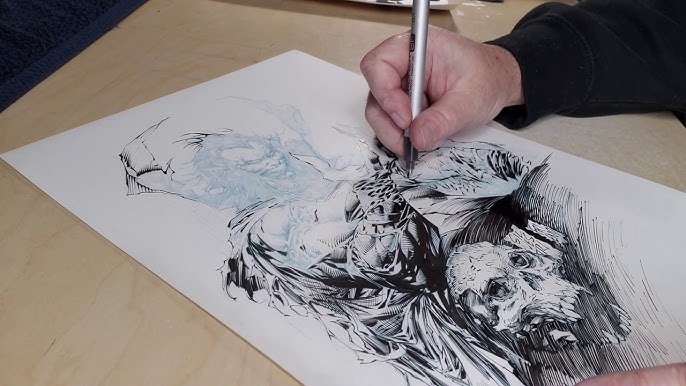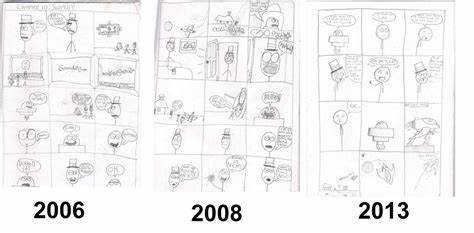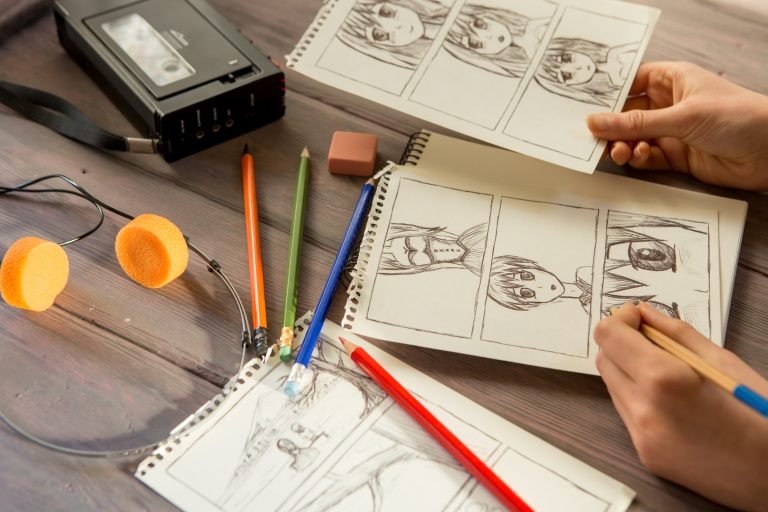Comic book artists are the visionaries who breathe life into stories through dynamic illustrations. Behind the panels filled with action, emotion, and adventure lies a day packed with creativity, discipline, and hard work. Let’s dive into a typical day in the life of a comic book artist.
1. Morning: Setting the Stage for Creativity
The day begins with preparation, both mentally and physically, to tackle the creative demands ahead.
- Coffee and Planning: Most artists start their mornings with coffee or tea, reviewing their to-do lists, and planning their day. This includes revisiting scripts, thumbnails, or project briefs from writers and editors.
- Research and Inspiration: Artists often spend some time researching references or browsing art for inspiration, ensuring their work is fresh and imaginative.
2. Mid-Morning: Sketching and Layouts
The first major task is creating layouts, the backbone of every comic page.
- Rough Sketching: Artists draft rough outlines to map out the composition of panels, including character positions, perspectives, and action sequences.
- Feedback Loop: For collaborative projects, these sketches might be shared with writers or editors for initial feedback.
3. Afternoon: Refining and Inking
Once the rough sketches are approved, it’s time to refine the artwork.
- Detailed Penciling: Artists focus on adding intricate details, from facial expressions to costume designs, bringing characters to life.
- Inking: Some artists handle inking themselves, adding bold outlines and shadows to give the artwork depth and texture. This stage demands precision and patience.
4. Late Afternoon: Coloring and Final Touches
For those who color their work, the afternoon often transitions into adding vibrancy to the illustrations.
- Coloring: Using digital tools or traditional methods, colors are layered to enhance the mood, atmosphere, and action.
- Special Effects: Highlights, gradients, and effects like explosions or glowing elements are added to complete the visuals.
5. Evening: Administrative Tasks and Networking
The evening is often reserved for tasks beyond drawing.
- Emails and Updates: Artists respond to emails from publishers, clients, or fans, ensuring smooth communication.
- Social Media Engagement: Sharing artwork online, interacting with fans, and promoting their work are essential parts of modern comic book artistry.
6. Late Night: Personal Projects and Experimentation
Many artists use their late-night hours for personal projects or exploring new techniques.
- Experimentation: This might involve testing new art styles, tools, or storytelling methods to keep evolving as an artist.
- Relaxation: After a full day of creativity, some unwind by reading, gaming, or watching movies for inspiration.
Challenges and Rewards
Being a comic book artist requires more than talent—it takes discipline, time management, and resilience. Deadlines can be tight, and revisions are common. However, the reward of seeing their work published and appreciated by fans makes it all worthwhile.
Conclusion
A day in the life of a comic book artist is a blend of routine and imagination. From early sketches to final touches, every moment is dedicated to crafting stories that inspire and entertain readers. Whether working on superhero epics or indie comics, these artists leave their mark one panel at a time.






